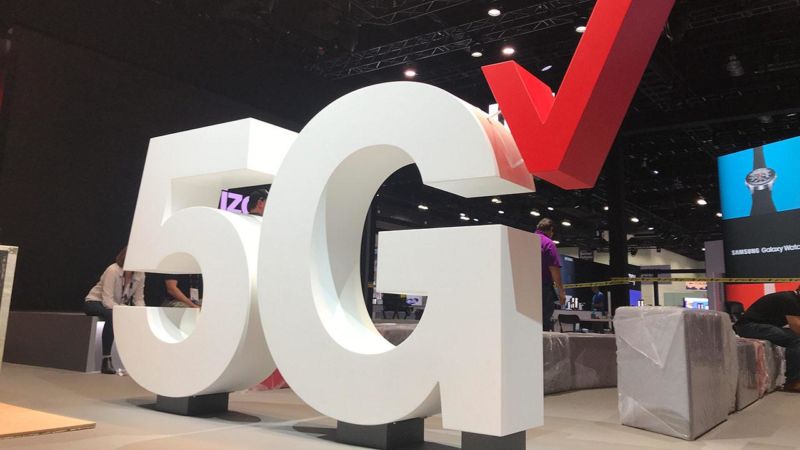
Verizon has spent years hyping 5G despite it bringing just a minor speed upgrade outside the limited areas where millimeter-wave spectrum has been deployed, but the carrier’s support team advised users yesterday to shut 5G off if their phones are suffering from poor battery life.
The tweet from VZWSupport, now deleted, said, “Are you noticing that your battery life is draining faster than normal? One way to help conserve battery life is to turn on LTE. Just go to Cellular > Cellular Data Options > Voice & Data and tap LTE.”
While Verizon didn’t mention 5G in the tweet, people who responded to Verizon on Twitter and journalists writing stories noted that the effect of these instructions is to shut 5G off. “LTE is active by default as a backup for those times when 5G isn’t available. Following these instructions actually has the effect of turning off 5G,” Mashable noted. (Verizon’s instructions are for iOS, but it’s also possible to disable 5G on Android phones.)
Apple fights 5G battery drain with “Smart Data” mode
An Ars story in December 2018 warned that 5G components would take up precious space inside smartphones, reducing the size of batteries. In October 2020, the Ars review of the iPhone 12 and 12 Pro noted that “5G seems to have a big impact on battery life, especially when you’re riding that ultra-fast mmWave.”
Apple said it implemented a “Smart Data mode” that shifts each phone from 5G to LTE when 5G speeds aren’t necessary, saving on battery life while letting phones use 5G when the speed boost would provide a noticeable difference. Enabling “5G Auto” in the iPhone settings turns Smart Data mode on; the other choices are “5G On” and “LTE.” Apple notes that the 5G On mode “Always uses 5G network when it’s available. This might reduce battery life.”
We asked Verizon for more details on the impact 5G is having on its users’ battery life today and will update this article if we get a response.
Verizon’s tweet came just a few days after its latest 5G announcement that “parts of Sacramento, Seattle, and Pensacola” are the newest areas targeted by Verizon’s “aggressive rollout of its transformational 5G Ultra Wideband service.” Verizon also just committed to spend $45.45 billion in an auction for mid-band spectrum that it plans to use with 5G.
Samsung, Huawei also warn users of 5G battery drain
Other phone makers have acknowledged 5G-related battery drains in support pages. Samsung tells users, “You may notice that your phone’s battery drains faster than usual while you are connected to a 5G network. This is a limitation of the current 5G networks, and will be improved as the networks expand.” Samsung’s support page continues:
At this time, the 5G networks are only used for data connections, and are not yet capable of carrying phone calls and messages. Your phone will need to maintain a connection to the 3G or LTE network in addition to the 5G network so that phone calls, text messages, and data will be delivered consistently.
Because your phone is connected to multiple networks simultaneously, the battery will drain faster than one would typically expect, and the phone may get warmer than when solely on 3G or LTE.
As the 5G networks grow in capacity and capability, they will be able to handle more of your phone’s functions with less battery drain.
The Institute of Electrical and Electronics Engineers (IEEE) backs the multiple-networks explanation. Hopping between 3G, 4G, and LTE uses a lot of battery life, and the “present limited infrastructure of 5G exacerbates this [battery-drain] problem,” the IEEE says. “Current 5G smartphones need to maintain a connection to multiple networks in order to ensure consistent phone call, text message, and data delivery. And this multiplicity of connections contributes to battery drain.”
A Huawei support page tells users they may suffer faster battery drain on 5G compared to 4G, especially when streaming video. “On a 5G network, more bandwidth is required to create a smooth user experience when using the Internet,” Huawei says. “Therefore, more power may be consumed, especially when using the Internet to watch online videos.”
The wireless industry deployed 5G before carriers were ready to use the “standalone 5G” version that doesn’t require a connection to 4G networks. But that’s changing, as T-Mobile launched standalone 5G throughout much of the US in August 2020, while Verizon and AT&T have plans to follow suit.
